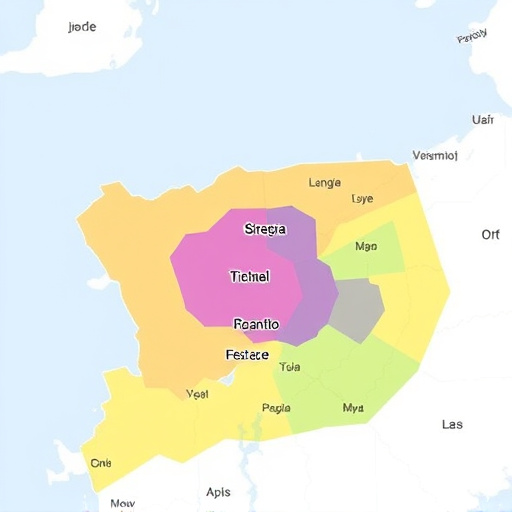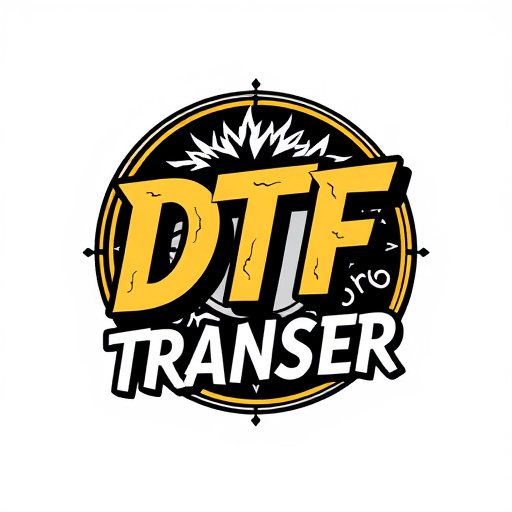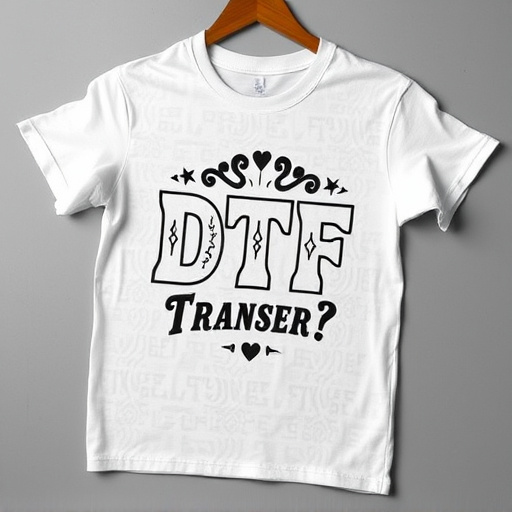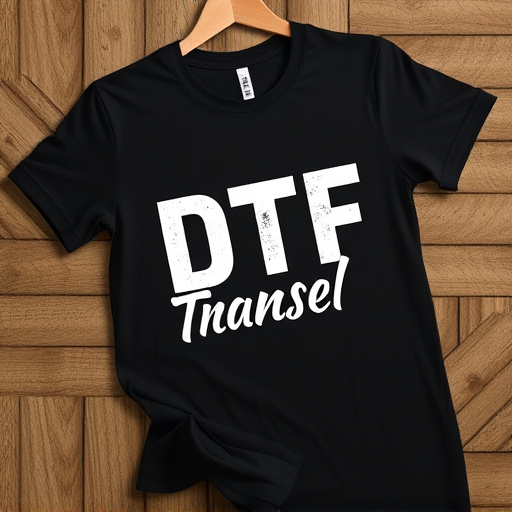Direct-to-film (DTF) transfer printing is a cutting-edge technique offering superior print quality and durability for apparel and signage. DTF prints boast vibrant colors and intricate details that withstand multiple washes thanks to specialized inks and coatings. Achieving long-lasting results requires careful selection of high-quality inks, papers, and techniques. In custom apparel, DTF transfers appeal to customers seeking durable designs, while signage professionals use DTF printing for high-impact graphics on various materials. This technology revolutionizes product production by enhancing longevity and aesthetic value across industries.
Direct-to-film (DTF) printing offers a revolutionary approach to creating durable and high-quality prints. This article delves into the world of DTF transfer technology, exploring its ability to maintain exceptional image quality even after multiple washes. We’ll uncover the secrets behind its longevity, dissecting the role of inks, papers, and techniques. By understanding common challenges and implementing best practices, you’ll discover why DTF prints excel in various applications, from fashion to promotional merchandise.
- Understanding Direct-to-Film (DTF) Transfer: A Brief Overview
- The Quality Promise: DTF's Ability to Withstand Multiple Washes
- Key Components in Achieving Longevity: Inks, Papers, and Techniques
- Common Challenges and Their Solutions: Ensuring Consistent Quality
- Best Practices for DTF Printing: Tips for Optimal Results
- Real-World Applications: Where DTF Prints Excel
Understanding Direct-to-Film (DTF) Transfer: A Brief Overview
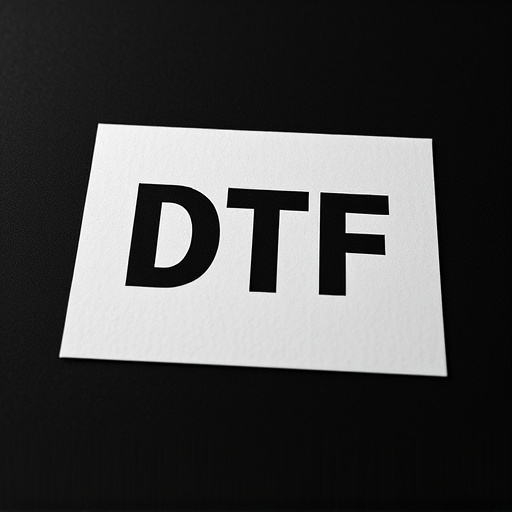
Direct-to-film (DTF) transfer is a cutting-edge printing technique revolutionizing the apparel industry. Unlike traditional methods, DTF directly applies ink to fabrics using specialized equipment, eliminating the need for intermediate steps like screen printing or heat transfers. This innovative process offers unparalleled precision and detail, ensuring that designs are vibrant and crisp, even on complex textiles.
DTF prints have gained significant traction due to their superior quality and versatility. They can reproduce intricate patterns and images with exceptional clarity, making them ideal for a wide range of applications, from custom apparel to promotional merchandise. Moreover, DTF Transfer technology ensures that the design adheres permanently to the fabric, even after multiple washes, ensuring longevity and maintaining the print’s aesthetic appeal over time.
The Quality Promise: DTF's Ability to Withstand Multiple Washes

Direct-to-film (DTF) technology offers a unique promise when it comes to print quality and durability. One of its standout features is its ability to produce prints that remain vibrant and intact even after multiple washes, making it an excellent choice for various applications, from apparel to home décor. The DTF transfer process involves printing directly onto a thin film, which is then applied to the final substrate, ensuring a high-quality finish.
This method provides several advantages, particularly in terms of longevity. The prints are designed to withstand the rigors of washing machines, retaining their colors and detail even after repeated cycles. This is achieved through specialized inks and coatings that protect the image, preventing fading or smudging. As a result, DTF prints remain crisp and vibrant, ensuring a lasting impression for your designs.
Key Components in Achieving Longevity: Inks, Papers, and Techniques
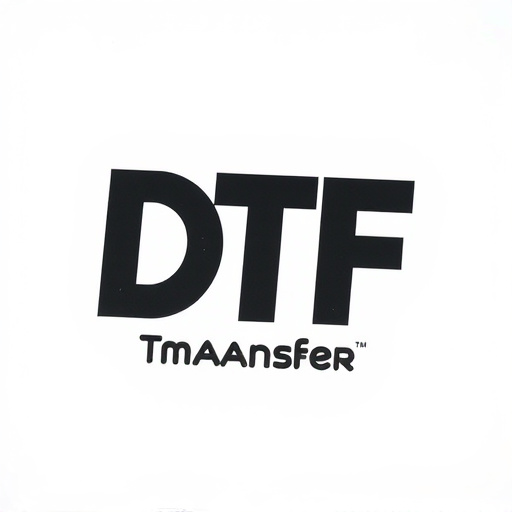
Achieving longevity in direct-to-film (DTF) transfers requires a delicate balance between three key components: inks, papers, and techniques. High-quality inks play a pivotal role in ensuring vibrant colors that withstand repeated washes. Modern DTF inks are formulated to resist fading and maintain their intensity even after extensive use, making them ideal for creating durable prints.
The choice of paper is equally important. Specialized DTF printing papers are designed with a water-resistant coating that protects the image from moisture during the washing process. These papers offer excellent color accuracy and prevent smudging or bleeding, ensuring that the final print retains its sharpness and clarity. Additionally, mastering the art of application techniques, such as precise printing and controlled drying, contributes to the overall longevity of DTF prints.
Common Challenges and Their Solutions: Ensuring Consistent Quality

Direct-to-film (DTF) transfers and prints have revolutionized custom apparel, but maintaining consistent quality through multiple washes is a common challenge. The primary issue lies in ensuring the design remains vibrant and durable after repeated laundering. One solution involves using high-quality inks and fabrics designed specifically for DTF printing. These materials are formulated to withstand washing machines, preventing color fading or smearing.
Additionally, proper care instructions must be communicated to customers. This includes suggesting delicate washing methods, using cold water, and avoiding strong detergents that can degrade the print quality. Many printers also offer treatment options like applying protective coatings or heat-pressing the prints after application to enhance their longevity. These strategies collectively contribute to ensuring DTF transfers and prints maintain their vibrancy and clarity even after extensive use.
Best Practices for DTF Printing: Tips for Optimal Results
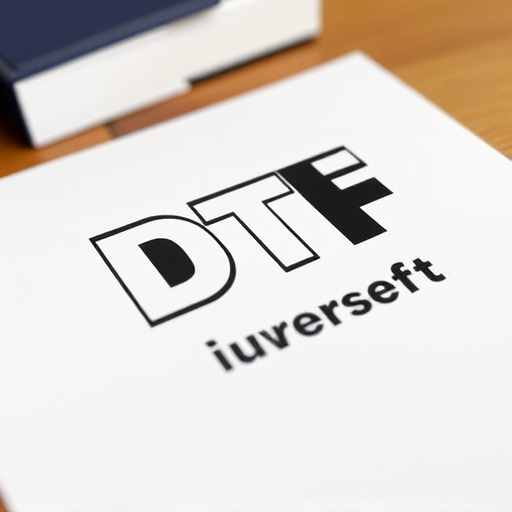
Direct-to-film (DTF) printing offers a unique and high-quality approach to creating custom designs on various materials, ensuring durable results even after multiple washes. To achieve optimal DTF printing outcomes, several best practices should be followed. First, prepare your design for printing by ensuring it is crisp, clear, and free from any defects or inconsistencies. Using vector graphics or high-resolution raster images guarantees the best results.
Additionally, selecting the appropriate DTF transfer film for your project is essential. Different films cater to specific materials and applications, so choosing the right one will enhance the print quality and longevity. Proper application techniques are also key; carefully adhere the transfer film to the substrate, ensuring no air bubbles or misalignments. Following these tips ensures that your DTF prints not only maintain their quality but also deliver vibrant, long-lasting results, even under rigorous washing conditions.
Real-World Applications: Where DTF Prints Excel

Direct-to-film (DTF) prints have found their niche in various real-world applications, showcasing their exceptional quality and durability. One prominent area is custom apparel, where DTF transfers are used to create unique, personalized designs on t-shirts, hoodies, and more. The ability to maintain vibrancy and detail after multiple washes makes DTF printing a favorite among fashion designers and small businesses catering to trendy customers.
Moreover, DTF technology has gained traction in the signage industry for creating high-quality, long-lasting graphics on materials like vinyl, canvas, and wood. From promotional banners to indoor decorations, DTF prints offer precise color reproduction and a sleek finish, ensuring these products remain visually appealing even after prolonged exposure to different environments.
